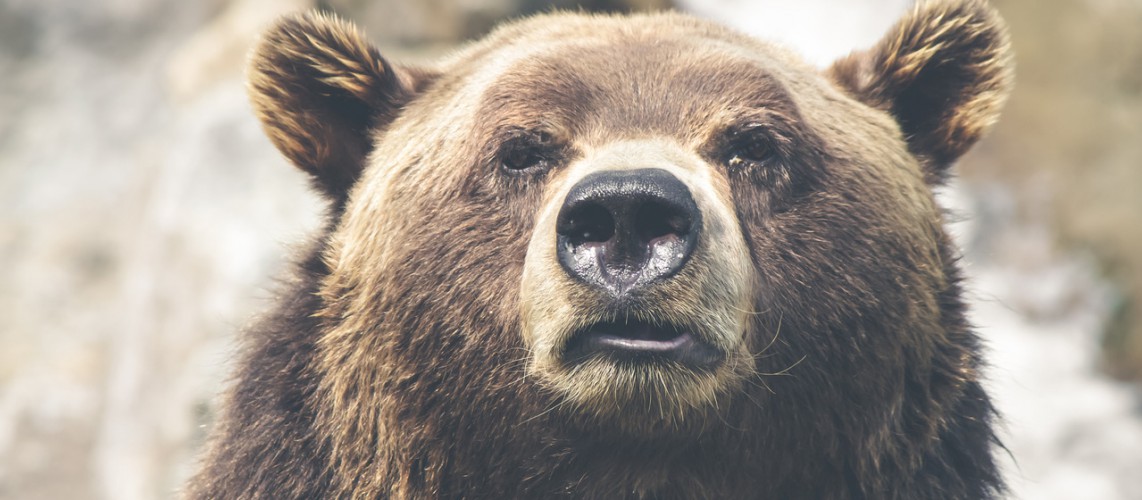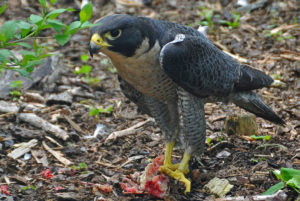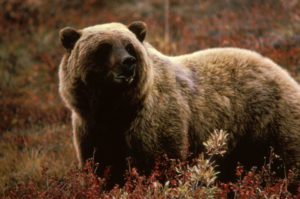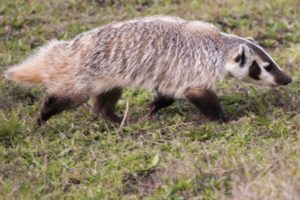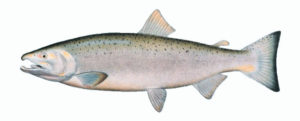Western Screech Owl
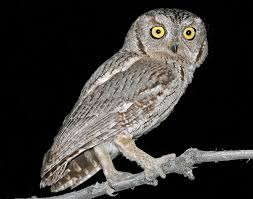
Last COSEWIC designation: May 2002
SARA risk category: Endangered
Description: The Western Screech-owl, Otus kennicottii, is a small, grey-brown owl with streaked plumage and ‘ear tufts’. Its appearance is very similar to the Eastern Screech-owl, which was considered conspecific with the Western Screech-owl until 1983.
Habitat: This owl prefers open forest for foraging and requires cavities in old, large trees for nesting and roosting.
Threats: Along the south coast of BC, declines in Western Screech-owl populations have occurred at the same time as strong increases in the Barred Owl population. The evidence for a direct link between these two phenomena is mostly anecdotal, but it is repeated by numerous sources. Serious habitat loss is occurring in the southern interior of BC where the valley bottomlands preferred by screech-owls are more likely to be developed than other habitats. Also, Western Screech-owls require trees that are large enough to hold a nest cavity within which they can breed; thus some forestry practices in urban and wilderness situations may negatively impact this species.
